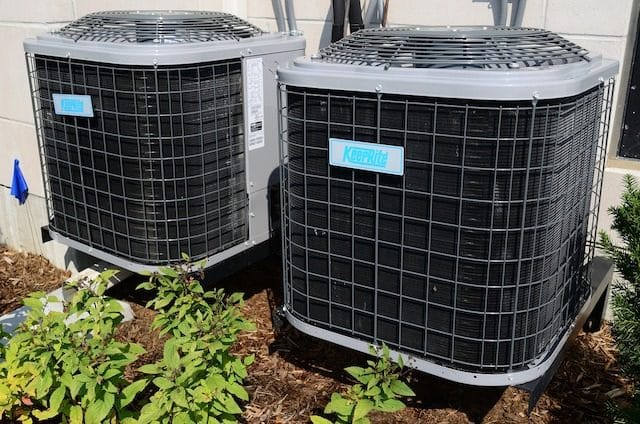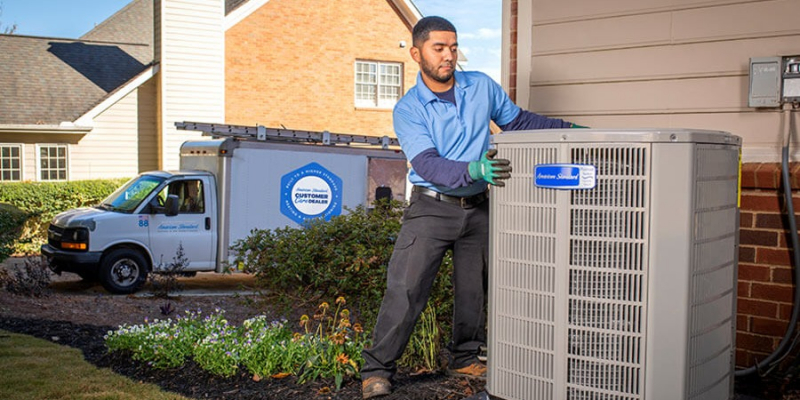More efficient air conditioning could reduce UHIs

Air conditioning cools interiors by absorbing heat which is released to the outside air. The city where the interiors are located is being heated while the interiors are being cooled. In essence, the heat (and humidity) inside a building is blasted outside. On a hot day in a congested region, enormous amounts of heat are added to the ambient air, forming a dome that traps heat-producing sunshine.
There is a huge chance to develop alternatives in nations where air conditioning is still in its infancy before it gets ingrained in daily life. The Indian government recently incorporated suggestions made by Thomas, Rawal, and others into its national residential building code (Rawal calls it "an extremely strong document"). Based on Indian field surveys and comfort levels, it permits greater indoor temperatures and mentions the "increasing incidence" of buildings that employ air conditioning as a last resort.
However, modern life cannot exist without refrigeration and air conditioning. To a large extent, the impacts of UHIs could be mitigated by using more effective techniques for cooling the air inside of buildings and automobiles. Air conditioning efficiency research is currently in progress. If and when it is realized, it will be one of several tools used by future generations to tackle the risks posed by UHIs.











